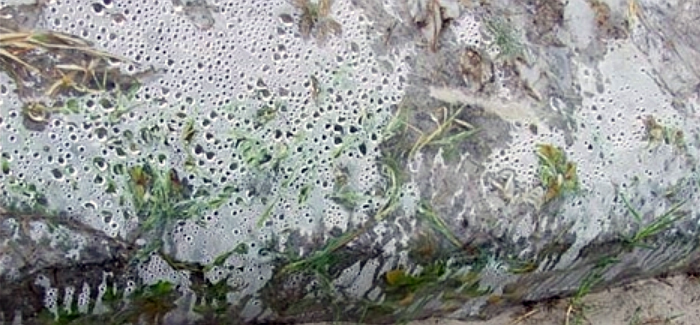Let the sun shine in to eliminate weed problems before you plant
by Jeff Norcini
Have a small area where you want to plant wildflowers? Concerned about weeds? You should be, even in planting sites where weeds don’t seem like they will interfere with establishing and managing your wildflower garden. An abundance of weed seeds can lurk in the top few inches of soil just waiting for some sort of disturbance. And from the weeds point of view, disturbance can range from tilling the soil to eradicating existing vegetation with an herbicide.
For small wildflower gardens, soil solarization is a very effective means of obtaining a weed-free planting site. But it takes time and patience. Solarization is most effective when done from June to mid-August. The sun is high in the sky, days are long, and the temperature is highest. The method works by heating slightly moistened soil to as much as 140ºF near the surface, according to a University of California publication. Moist heat is every effective at killing seeds and often even tubers and rhizomes of noxious weeds, like nutgrasses (Cyperus spp), that are close to the surface.
Use clear plastic for soil solarization, which allows the sun to heat up the soil via the greenhouse effect (the same reason cars get so hot in the sun). Don’t be concerned if you initially see some green plants emerge after you lay down the plastic. They will die after a few sunny days.

Basic steps:
- Eradicate vegetation and debris from the area to be solarized.
- Till the soil 12-18 inches deep; break up clods of soil, the finer the texture the better. Remove any sticks, roots, stones, and other debris brought up to the surface a result of tilling.
- Rake the area so that the surface of the tilled area is smooth.
- Irrigate so that the entire soil profile is slightly moist (but not soggy). Moist soil is much better than dry soil at conducting heat. Also, moist heat is very effective at killing seeds.
- Cover the site with 3 to 6 ml clear plastic. Bury the edges of the plastic about 8 to12 inches so the plastic cover is snug; the plastic needs to be snug and buried around the perimeter to prevent wind from lifting it up.
- The soil solarization process takes about 6–8 weeks. You can leave the plastic in place until you are ready to plant.
For more information:
- Robert McSorley and K.G. Harsimran. Introduction to soil solarization. ENY-062, Entomology and Nematology Department, Florida Cooperative Extension Service, IFAS, University of Florida, Gainesville, FL.
- Stapleton, J.J., A. Wilen, and R. H. Molinar. 2008. Pest notes: Soil solarization for gardens & landscapes management. UC Statewide IPM Program, University of California, Davis, CA 95616.
